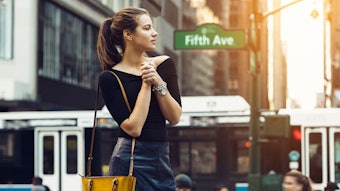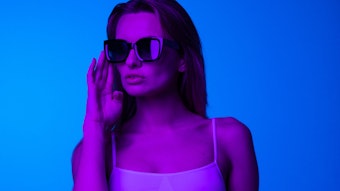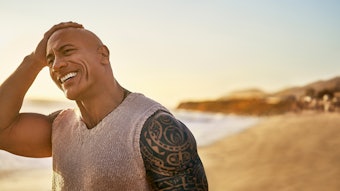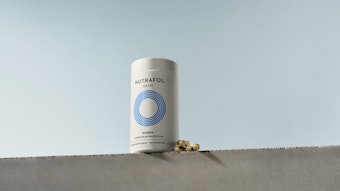Iran's skin care market is on the rise, growing 24% in 2010 to reach IRR 3.2 billion, or US $3 million, according to a blog post by Irina Barbalova, head of beauty and personal care research at Euromonitor International. Meanwhile, skin care in the United Arab Emirates (UAE) saw a growth of 11% in 2009 to reach AED 401 million, or US $110 million. Both markets are fueled by moisturizing and anti-aging skin care products and are expected to grow into 2015.
Skin Care in Iran
The highest growth in Iran was seen in moisturizing and anti-aging skin care, which expanded 26% in 2010 to IRR 195 million. Barbalova expects the Iranian skin care market to see a 7% compound annual growth rate to reach IRR 4.6 billion by 2015. This growth will be fueled by a growing youth population and changes in consumer patterns in Iran. The growth of moisturizing and anti-aging skin care is expected to maintain its rate into 2015.
Both international and domestic skin care players have expanded their footprints in Iran by targeting pharmacologists and dermatologists, encouraging awareness in consumers who were invariably not accustomed to specific skin care routines.
The Iranian skin care market remains dominated by mass products, which account for 62% of total sales, although premium products are gaining ground, particularly in the facial care category where women are more inclined to opt for better quality products if they are affordable. Currently, the market is dominated by domestic player Shekofa Kish, which held an 18% share in 2010, while Nivea remains the single most popular brand. Other significant domestic players include ACT Cosmetics and Poober, which both gained in 2010 to reach an 8% share each.
UAE Skin Care
Skin care in the UAE remains a small and fragmented market. An expanding retail landscape combined with increasing product innovation are the main driving forces behind market expansion, which is mainly being fueled by gains in facial care, specifically anti-aging and skin whitening products, says Barbalova.
Facial care achieved the highest growth rate, expanding by 12% in 2009 to reach AED 227 million, representing the largest category in the market with a 57% value share. Barbalova explains that this is because facial care is important to women, a factor that is reflected by an array of targeted products. Similar to in Iran, facial moisturizers and anti-aging skin care are fueling the skin care market and are necessitated by the harsh weather.
Currently, the market is led by Beiersdorf Middle East, with a 15% share, a figure that also underlines the fragmented state of the market. Overall, skin care is dominated by international players, with both Unilever and L'Oréal also commanding low—but increasing—shares.
Looking ahead, Barbalova expects market growth will be maintained with a forecast 5% compound annual growth rate, indicating an overall market value of AED 520.3 million by 2015. The biggest gains should continue to be seen in the facial care category, which is expected to grow at a 6% compound annual growth rate to reach AED 307 million by 2015.










